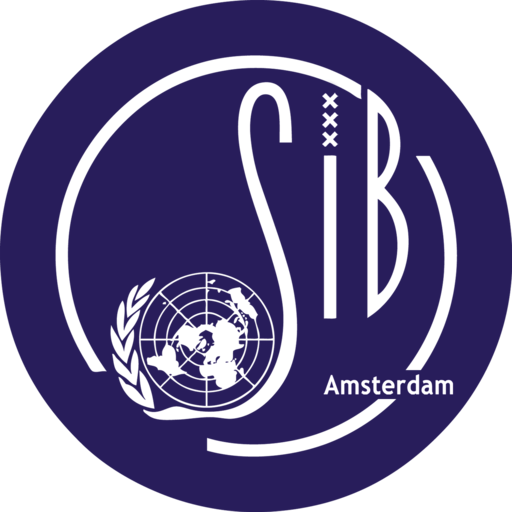Report: Art theft in wartime
On Tuesday 9 June, DUNSA organised a lecture on art theft in times of war. Sadly, one of the three speakers had to cancel last-minute because of illness, but luckily we had two brilliant speakers that filled the void that was created by the absence of professor Van der Vlies.Drs. Hanna Pennock was the first speaker of the evening. Mrs. Pennock worked for 10 years as a researcher, exhibition organiser, coordinator, editor and curator in several Dutch museums, including the Van Gogh Museum and now works at the Cultural Heritage Agency of the Ministry of Education, Culture and Science. She gave us a brief introduction drawing upon the phenomenon art theft and its dilemmas. Firstly drs. Pennock explained to us that art theft isn't necessarily 'theft'. She elaborated on this statement with examples of IS and Syria, where IS asks local people to look for pieces of art and even uses bulldozers to dig and search in the ground. She mentioned that this is currently seen as a crime of war and that these pieces are also known as 'conflict antiquities'. Mrs. Pennock made sure to explain that IS uses art theft to shock people around the world, but that there are no statistics or trustworthy sources on the looting of art in the Middle East. Secondly she elaborated on the legal instruments, explaining that most of the conventions have been signed to make punishment available. Mrs. Pennock mentioned that most of the policies around art theft are focused on preventing (instead of reacting/punishing) art theft and that museums try to raise awareness about the black market of looted art.Our second speaker of the evening was Annemarie Marck, works as historian and researcher at the Restitutions Commission. This Commission advises on claims to looted art of World War II since 2002. Her talk was focused on art theft in the Second World War by Nazi Germany. Ms. Marck spoke to us about the differences in Aryan-approved art and degenerated or modern art. She showed us many examples of German exhibitions and the extensive policies on art in Nazi Germany. Ms. Marck then elaborated on the looting of art in the Netherlands, explaining that the Germans initially improved the art trade in the Netherlands with the invasion of 1940. This was, however, the silence for the storm, since the Germans quickly invoked anti-Semitic regulations and measures. This allowed them to 'Aryanese' and liquidate Jewish companies and rob the houses of deported Jews. Ms. Marck ended her very interesting lecture with an example of the recuperation of stolen art of WWII, showing us how difficult it is in practice to recollect and return all those looted pieces of art. With this specific case study and some questions from the audience the night came to an end. It is safe to say we learned a lot and definitely all went home with a little more insight on the difficulties concerning art theft!
